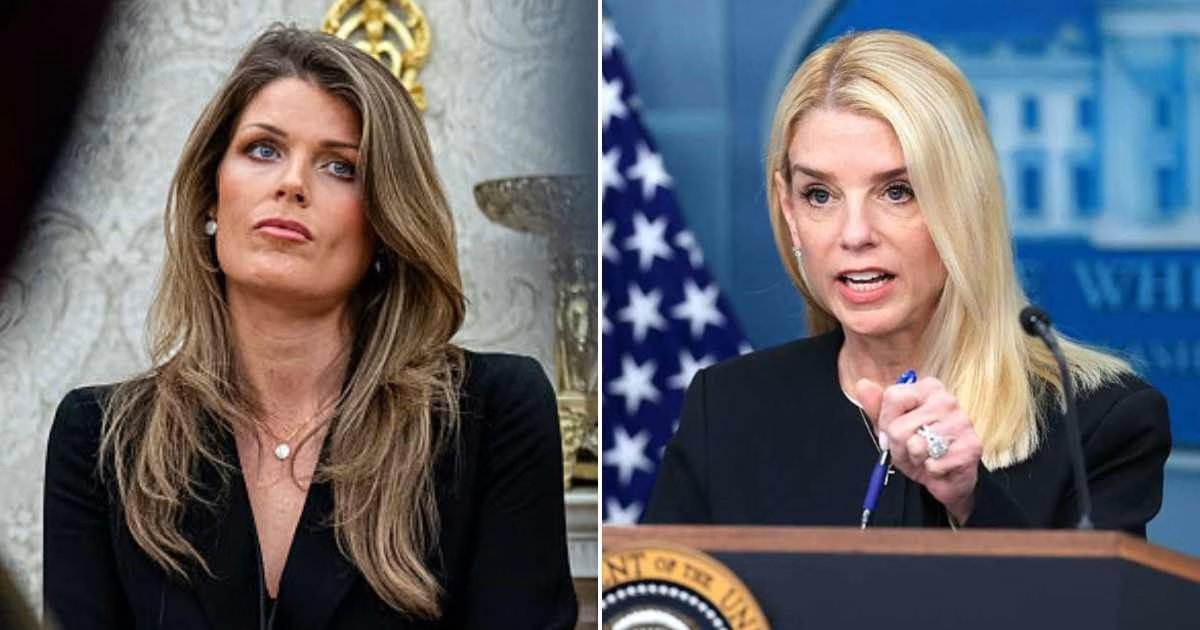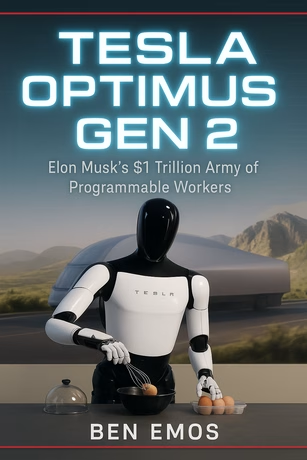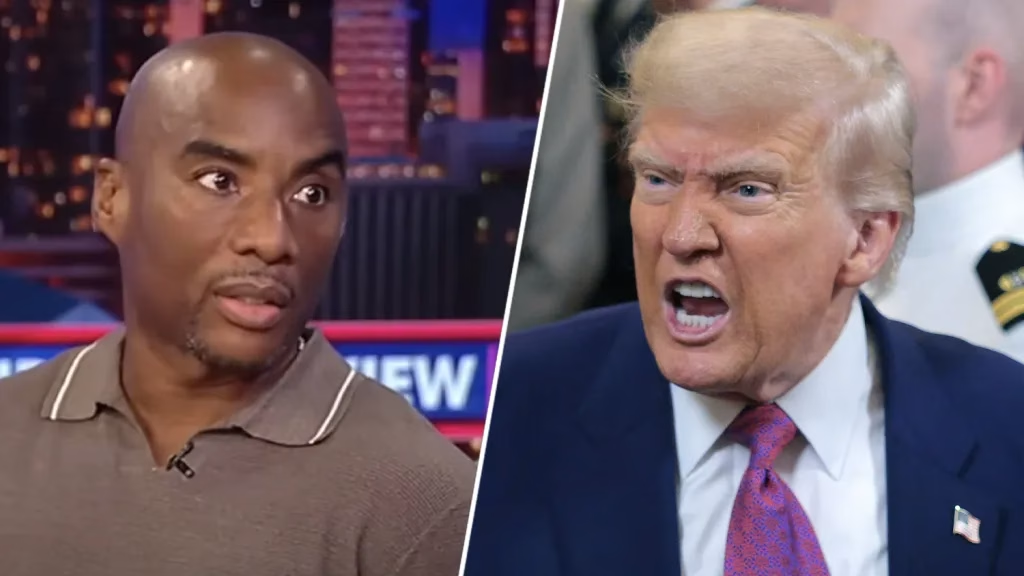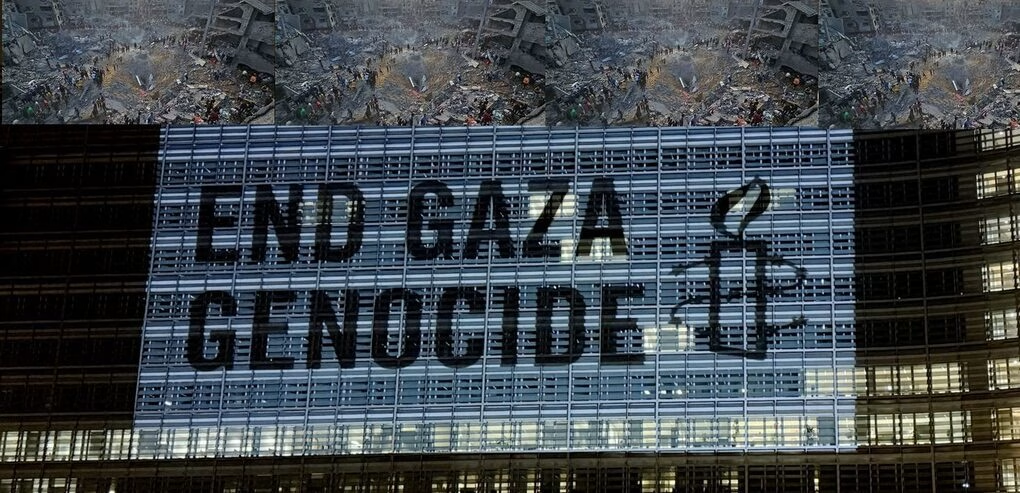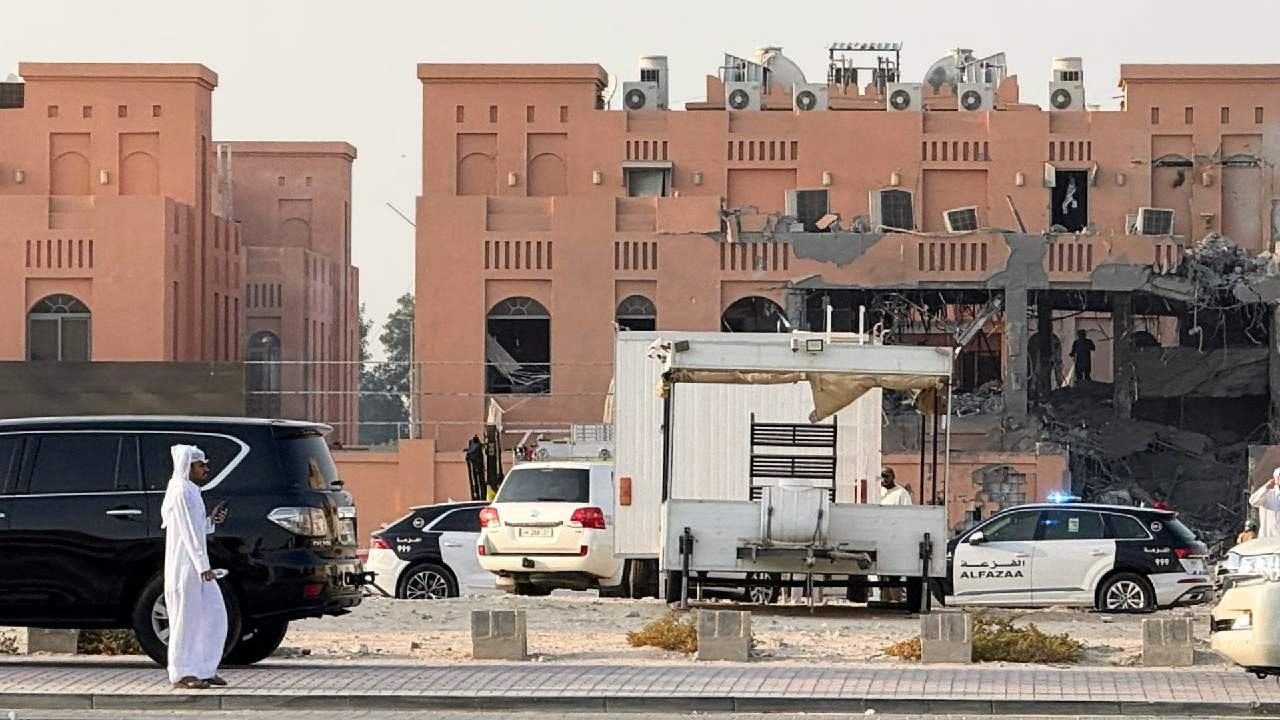By Mary Jones | Thursday, November 20, 2025 | 4 min read
It’s not often you see a courtroom pause because even the judge needs a moment to process what they’ve just heard. Yet that’s exactly what happened on November 19, 2025, when prosecutors quietly admitted that the full grand jury never actually saw the final indictment against James Comey — the same indictment now being used to build a high-stakes federal case.
Yes, you read that correctly.
The grand jury “approved” an indictment… that they didn’t fully see.
It’s the kind of twist that would get rejected from a legal drama for being too unrealistic.
The details arrived like a flat tire on the prosecution’s shiny, high-performance case. According to the Justice Department, the grand jury originally reviewed a three-count indictment. They rejected one count — which is normal. What’s not normal is that they were never reconvened to approve the revised, two-count version that was ultimately filed with the court.
It’s basically the legal equivalent of turning in a group project after deleting a teammate’s section — without telling them.
Defense attorneys immediately called this a “procedural failure,” which is a polite legal way of saying:
“Are you serious?”
Even the judge appeared surprised, asking the kind of clarifying questions that suggest someone desperately hoping this is all just a misunderstanding. It wasn’t. It was exactly what it sounded like.
Meanwhile, Lindsey Halligan — the prosecutor hand-picked for the case — found herself explaining how this procedural pothole formed in the first place. The explanations didn’t seem to reassure anyone. Instead, the entire hearing took on the atmosphere of a school principal discovering that, no, the homework wasn’t actually turned in on time, even though the student insists it was “basically done.”
There are also allegations of missing pages of a grand jury transcript, and allegations that this insurance lawyer turned prosecutor may have erroneously instructed the grand jury as to the law—another serious problem. You also have the problem of her appointment itself, which may have been unlawful. Considering that she is the only one who signed that indictment, that could also get this case thrown out.
And then you have what was really the grament of the hearing today: the retribution, the retaliation. The evidence of that is so strong. You have Trump telling Bondi, ‘You got to go forward with these prosecutions.’ You’ve got the firing of a Republican U.S. attorney who wouldn’t do it because there wasn’t evidence. You’ve got firing of other top people. You have this personal lawyer thrown in. It is so plainly, palpably vindictive that I can’t imagine facts more compelling than the ones we’re seeing to have it thrown out on that basis alone.”
Errors made throughout the process were not accidental or incidental—they were the issue. The professionals were fired so as to conduct a plainly pretextual prosecution.
And then comes the bigger, more unsettling layer: the question of whether this sort of prosecutorial sloppiness would even matter in a legal landscape now reshaped by the Supreme Court’s 2024 presidential-immunity ruling.
Because in that ruling, the Court determined that presidents are immune from criminal charges for “official acts” performed in office — even if those acts are controversial, politically motivated, or executed with questionable judgment. The precise definition of “official duty” is now broad enough to make many legal scholars dizzy.
So here we are, watching a case built on a foundation that’s missing a few bricks, while the highest court in the land has essentially said:
“Well, if a President did it as part of the job, we’re not touching it.”
Put the two developments together, and you get an uncomfortable picture:
A criminal justice process that isn’t just strained — it’s starting to wobble like a folding chair at a barbecue.
Because if a grand jury can approve one document and prosecutors can quietly file another, and if presidents can shield almost anything under the umbrella of “official duty,” then what does accountability even look like?
Maybe it looks like a courtroom where a judge blinks in disbelief.
Maybe it looks like a grand jury process that skips steps.
Maybe it looks like the public gradually losing faith that the system still knows what the system is doing.
But whatever it is, it doesn’t look great.
The Comey case may continue — courts will have to decide whether this procedural slip is fatal or just embarrassing — but the bigger question now lingers in the air like smoke:
If the justice system allows shortcuts and the Supreme Court allows immunity, who exactly is left to keep the process honest?
And that, more than any indictment, may be the most troubling part of all.
More From FeDlan News:
Trump’s Concealed MRI Raises Medical and Ethical Questions, Says Doctor
Elon Musk Pushes $1 Trillion Tesla Pay Plan to Preempt Shareholder Lawsuit Over $29 Billion Award
Democrats and Independents’ New Argument to Judges on Crime: “Trump Won’t Pardon Us”
Trump’s Golden Ballroom: White House Demolition Sparks a Constitutional Crisis
Tense Oval Office Meeting: Zelenskyy Confronts Trump After Shouting Match
 Donate
Donate
Copyright 2024 FN, NewsRoom.


